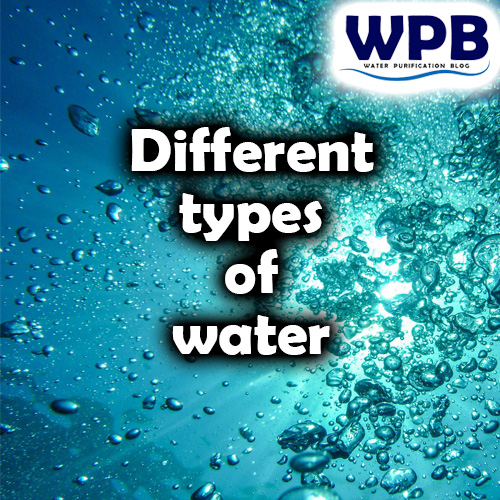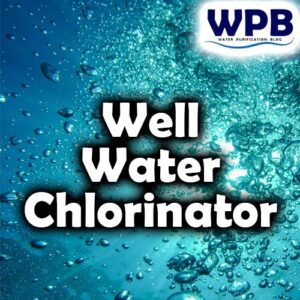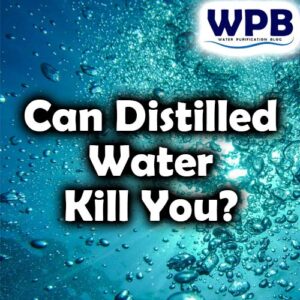What are the 12 different types of water: from surface to drinking water
As water is the most abundant substance on earth, and it covers approximately 71% of the planet’s surface, there are many different types of water available.
However, not all water is the same. Water can be classified into different types, depending on its source, composition, and use.
Table of Contents
Types of Water
Surface water
Surface water refers to any body of water found on the Earth’s surface, including both freshwater and saltwater. These bodies of water may persist all year round or only for part of the year.
The vast majority of surface water is produced by precipitation, and as the climate warms in the spring, snowmelt runs off towards nearby streams and rivers, contributing towards a large portion of human drinking water.
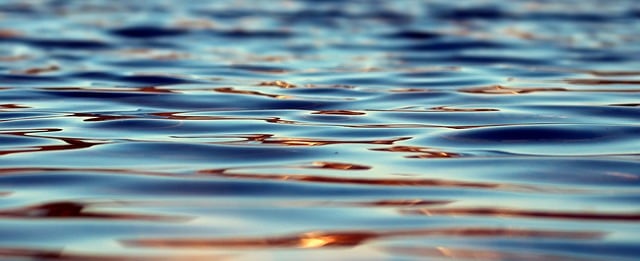
Surface water is vitally important to the everyday life of not only people, but to all life on, in, and above the Earth. It is an intricate part of the water cycle, on which all life depends.
Surface water plays a critical role in sustaining life on Earth and is essential for various human and environmental needs, including drinking water, irrigation, and supporting aquatic ecosystems.
Ground water
Groundwater is the water present beneath Earth’s surface in rock and soil and in the fractures of rock formations.
It is an essential natural resource that makes up about 30 percent of all readily available freshwater in the world.
Groundwater is a critical part of the natural water cycle, with some of the precipitation that lands on the ground surface infiltrating into the subsurface and continuing downward through the soil until it reaches rock material that is saturated.
Groundwater is one of the most important natural resources in the United States, serving as the source of about 37 percent of the water supplied to households and businesses by county and city water departments (public supply).
Groundwater is a vital natural resource that is essential for various human and environmental needs, including drinking water, irrigation, and different ecosystems.
It is very important to manage and protect this resource to ensure its sustainability and availability for future generations.
Tap Water
Tap water is water that is supplied through a tap or water dispenser and is commonly used for drinking, cooking, washing, and toilet flushing.
Tap water comes from various sources such as wells, lakes, rivers, or reservoirs and typically passes through a water treatment plant before being distributed to homes and buildings.
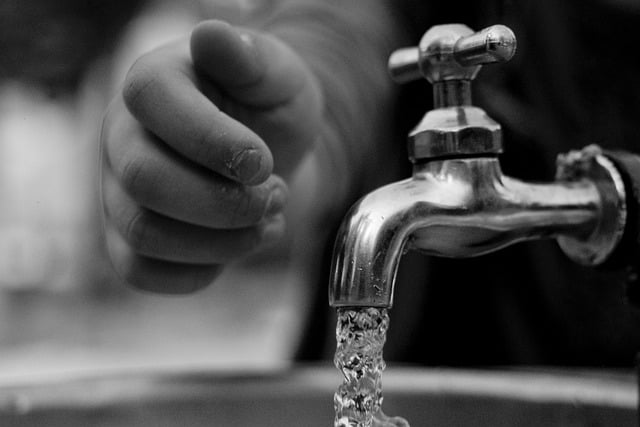
Tap water usually has the quality of drinking water and is a better option in most cases due to its convenience, affordability, and minimal environmental impact compared to bottled water.
The safety and quality of tap water depend on the local infrastructure and regulations, and consumers can contact their local water utility or Environmental Protection Agency (EPA) to learn about the quality of their tap water and any potential contaminants.
Bottled Water
Bottled water refers to drinking water that is packaged in plastic or glass bottles.
It can be either still or carbon dioxide sparkling water, club soda, and it comes in a range of sizes from single-serving bottles to large carboys used for water coolers. While bottled water is convenient for on-the-go hydration, it is also more expensive and has a greater environmental impact than tap water.
When it comes to choosing bottled water, there are various options available on the market. Some popular brands include Volvic Natural Spring Water and Mountain Spring Water, while others prefer Essentia Water’s ionized bottled water for its purity and taste.
However, the quality of bottled water can vary, and some studies have found that it may not necessarily be any better than tap water. It’s important to consider the environmental impact of plastic waste when choosing bottled water as well.
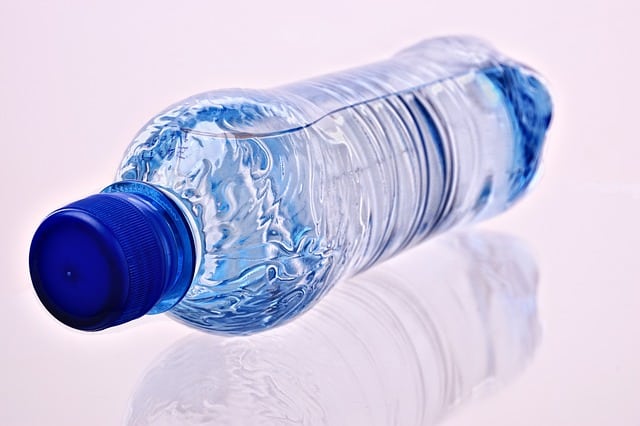
While bottled water can be a convenient and refreshing option, it’s important to weigh the potential drawbacks against the benefits and consider more sustainable alternatives such as reusable water bottles or filtered tap water.
Mineral Water
Mineral water is water that comes from a natural mineral spring and contains various minerals, such as salts and sulfur compounds.
Mineral water can be still or sparkling depending on the presence or absence of added gases. Traditionally, consume or use mineral water at the source, such as at spas or wells, as it was believed to have healing properties.
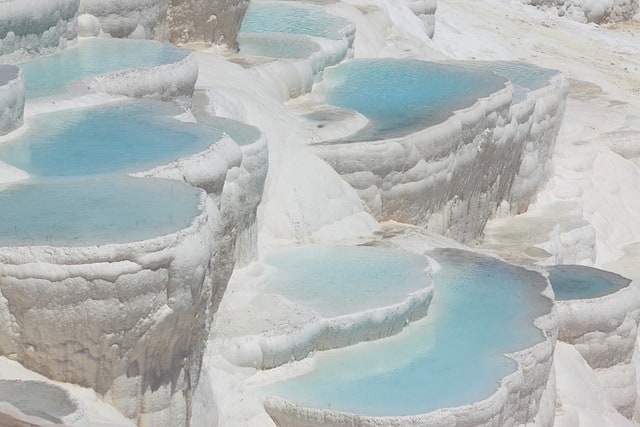
Mineral water contains minerals such as calcium, magnesium, and potassium, which are essential for the body. Calcium helps in building and maintaining strong bones, while magnesium and potassium help in blood circulation and heart health.
Mineral water is often bottled directly at the source, so the mineral composition can vary depending on the water source. Some mineral waters may have additional health benefits, such as improving digestion, boosting the immune system, and promoting skin health.
Spring Water
A spring is a natural exit point where groundwater emerges from the aquifer and flows onto the Earth’s surface to become surface water.
Springs are an important source of fresh water for humans, especially in regions with little rainfall. Springs can be driven to the surface by various natural forces such as gravity and hydrostatic pressure.
Spring water is a popular form of bottled water that comes from groundwater found in an aquifer that sits at or below the earth’s natural water table. Spring water is commonly bottled directly at the source and is typically not processed or treated, so it may contain natural minerals and trace elements. Spring water can be a refreshing way to add hydration to one’s day.
Artesian water
Artesian water is a type of groundwater that naturally flows to the surface due to pressure in underground rock formations.
It is often associated with high quality, reliable drinking water and is a popular source of bottled water. Artesian wells, which tap into these underground aquifers, do not require a pump to draw water out.
Instead, water naturally rises to the surface. Artesian water is sourced from many locations around the world, with one of the most well-known being Fiji.
While artesian water is not fundamentally different from other types of groundwater, its natural flow to the surface makes it a convenient source of water for human use.
Filtered water
Filtered water is water that has been treated to remove impurities and particles.
There are different methods to filter water, such as reverse osmosis, distillation, nanotechnology, and ultraviolet (UV) light.
Filtering water can not only make it taste better, but it can also remove contaminants and debris, making it a more eco-friendly way to enjoy clean water.
There are various types of filters, including those for use in water pitchers, faucet-mounted filters, countertop filters, and whole-house filters.
Another convenient option for filtered water is a filtered water bottle, which can be used while on-the-go.
It is important to note that no water filtration system can remove 100% of contaminants, so it is essential to choose a filter that targets specific contaminants and to replace the filter regularly for optimal performance.
Purified water
Purified water is water that has been filtered or processed to remove impurities and contaminants. This type of water is commonly used for industrial, medical, and laboratory purposes, as well as for drinking and cooking.
The process of purifying water involves various methods such as mechanical filtration, reverse osmosis, carbon filtering, microfiltration, ultrafiltration, or electrodeionization. These methods remove impurities such as bacteria, viruses, chemical pollutants, and minerals like lead, copper., ammonia, arsenic. The level of purification may vary depending on the specific method used and the quality of the water source.
Purified water is different from distilled water, which is a type of purified water that has been boiled and then recondensed to remove impurities. Purified water can be produced using tap water or groundwater, while distilled water is typically produced using a special distillation process.
Distilled Water
Distilled water is one of the types of water that has been boiled into vapor and then condensed back into liquid form in a separate container, leaving behind impurities that do not boil below or near the boiling point of water.
The process of distillation removes salts, minerals, and other organic materials from the water, resulting in a highly pure form of water.
Distilled water is commonly used in laboratory experiments and medical procedures where a high level of purity is required.
While distilled water is safe for consumption, it is not recommended for long-term drinking as it lacks the essential minerals that are naturally present in water and necessary for human health, like calcium and magnesium.
Deionized Water
Deionized water, also known as “DI water,” is water that has its ions removed through a process called ion exchange.
This results in a liquid that is completely free of charge. The ions present in regular tap water, which can come from sources like soil, pipes, and other materials, are removed through a process that typically involves passing water through a resin bed containing exchangeable ions.
Deionized water is a type of purified water.
While distilled water was formerly the most common form of purified water, other processes like deionization, reverse osmosis, or electro deionization are now frequently used.
Deionized water has various applications, including in the medical, laboratory, and industrial fields where the presence of ions can interfere with experiments or processes.
However, it is important to note that deionized water may not be suitable for long term consumption, as it lacks essential minerals that are beneficial for human health.
Alkaline Water
Alkaline water has a higher pH level than regular water, typically between 7.5 and 9.5. It is believed to have health benefits, including reducing acid reflux and improving hydration.
Alkaline water is water that has a pH level above 7. The pH level of water can be increased through the use of alkaline water filtration systems, which work by adding minerals such as calcium, magnesium, and potassium to the water. These minerals can increase the pH level of the water and provide numerous health benefits.
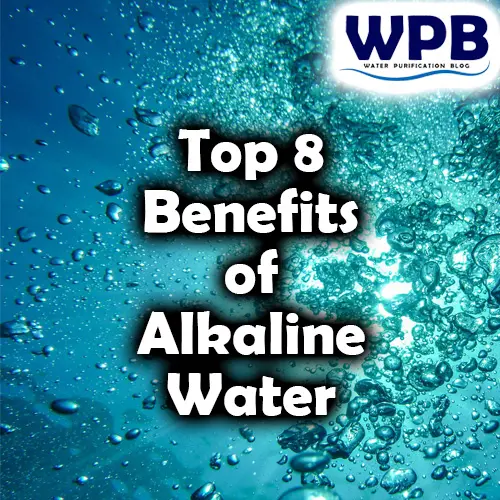
Alkaline water is one of the types of water that is believed to provide numerous benefits to the body, including improved hydration, better digestion, increased energy, and a strengthened immune system. Drinking alkaline water is believed to improve your overall health and well-being.
Drinking water
Drinking water refers to water supply that is intended for consumption, whether in its natural state or used in food preparation.
Conclusion about types of water
The main types of water include surface water, groundwater, tap water, glacier or spring water, mineral water, sparkling water, infused or flavored water, purified water, filtered water, distilled water, alkaline water, and drinking water.
Each type of water has unique characteristics and uses, making it important to understand them.

Who am I?
I am working as a water treatment technical manager and I have more than 25 years of practical experience in water purification.
Water purification expert
After many years of experience in water purification, I want to share some of my knowledge and get people to know the real importance of water quality.
Water purification and water treatment are very complex themes, so it is important to explain them in an easy-to-read way.
On this blog, you will find many understandable, easy-to-read information about water purification.
I hope you enjoy it, find some useful information, and thank You for reading.
More info on my work and my expertise on water purification can be found on my LinkedIn profile.

